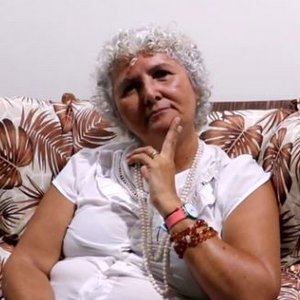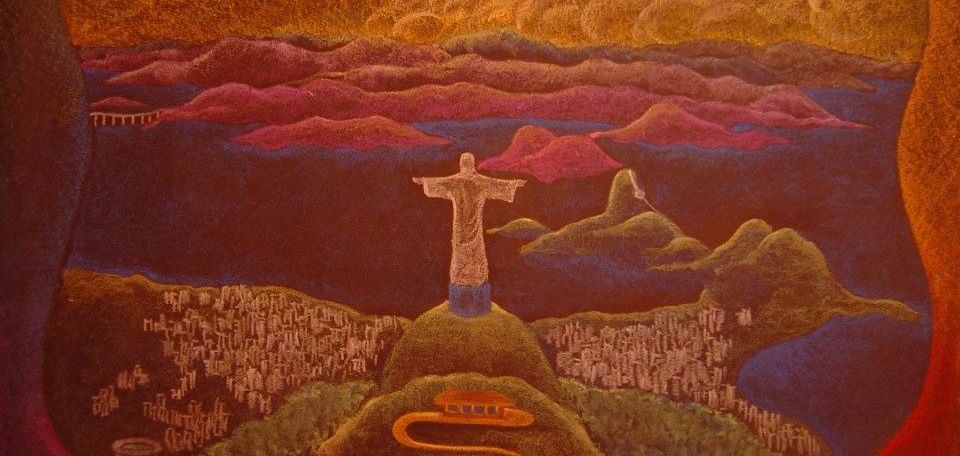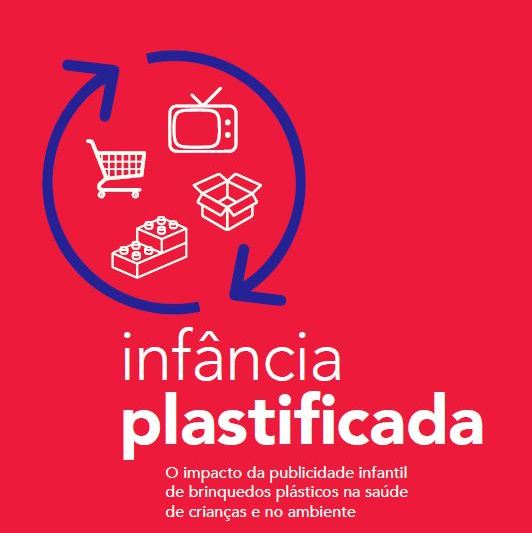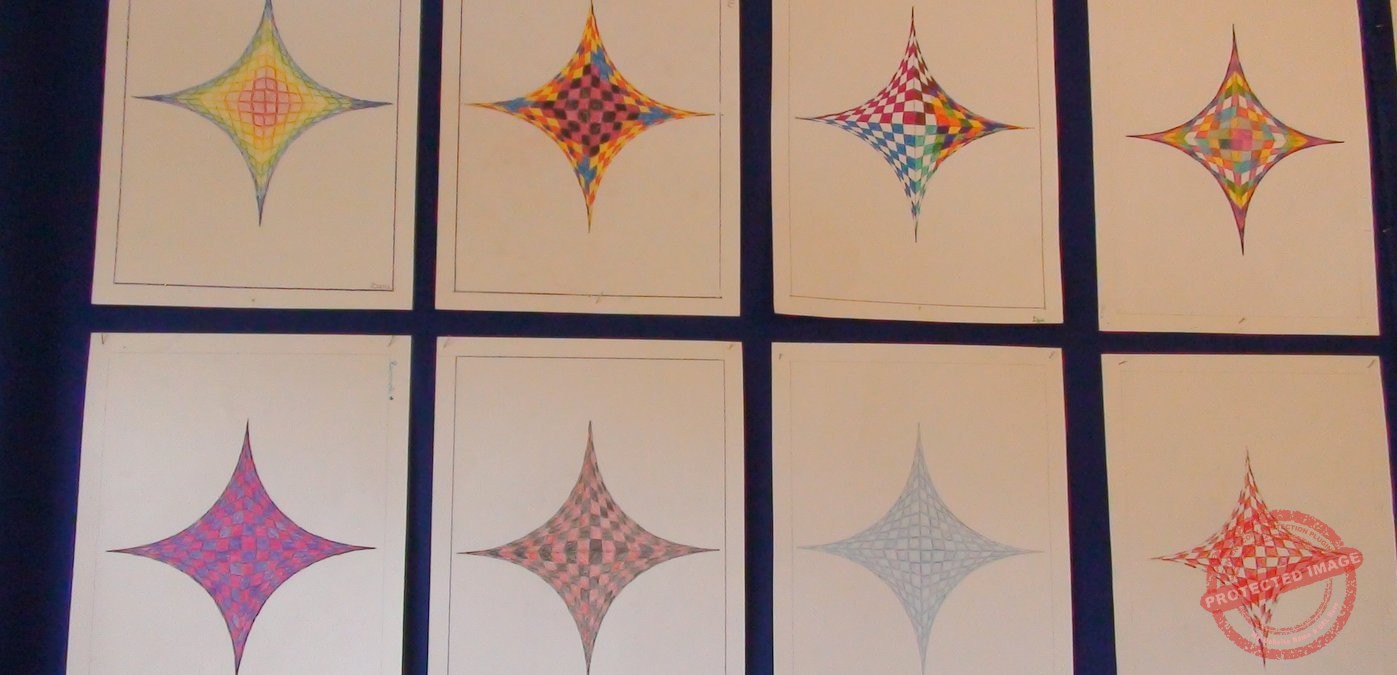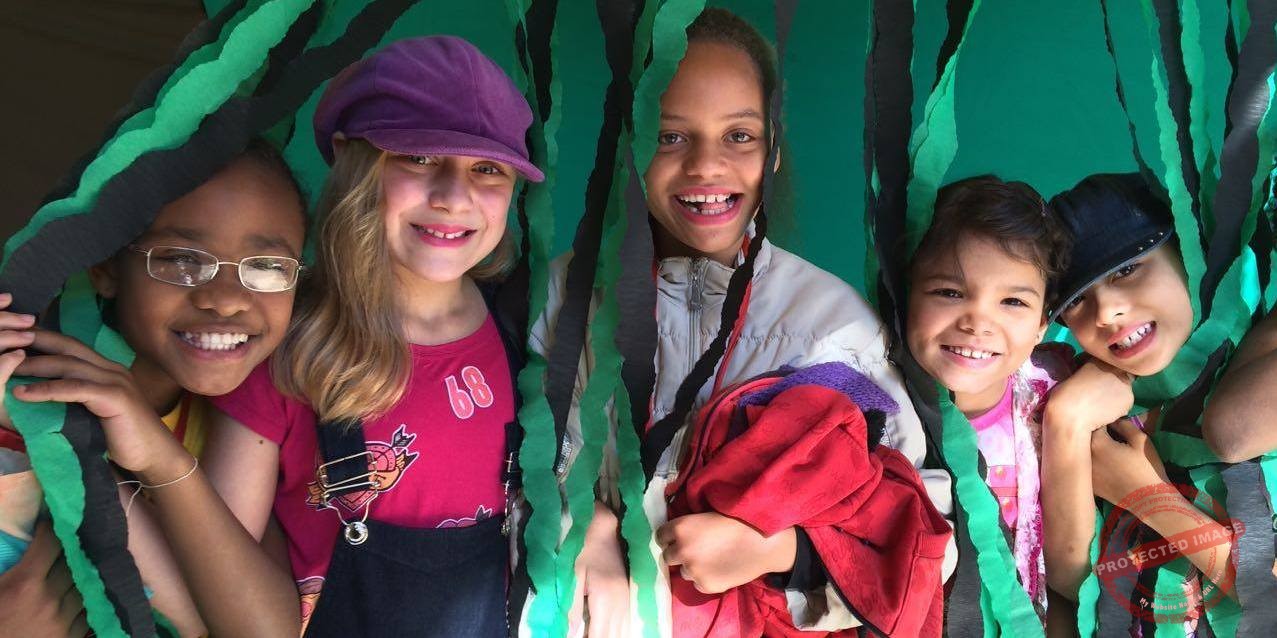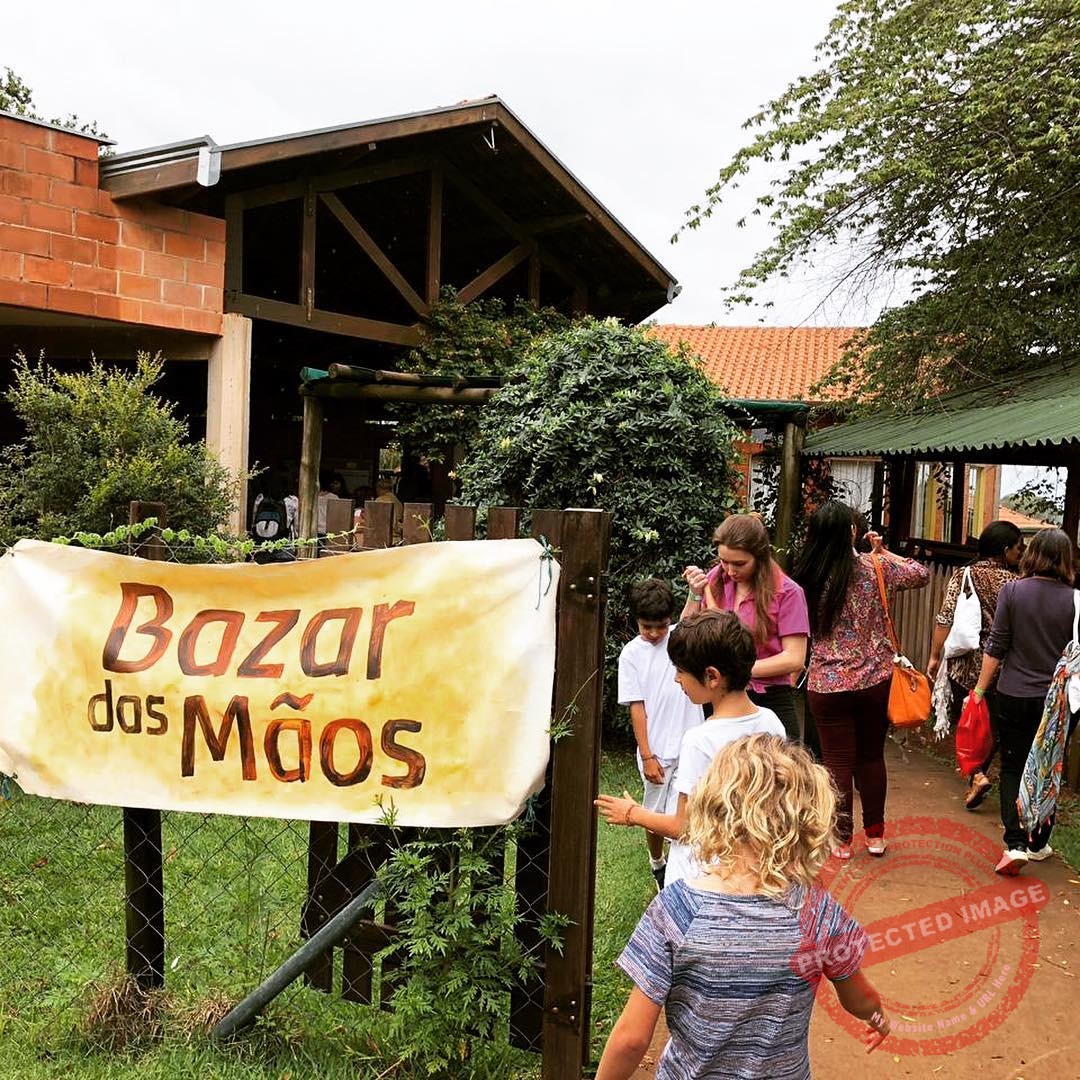[print-me target="body"]
The history of EMEI school wall painting Dr. Jose Calumby Filho
by Maria Aparecida of Birth Days
Maria Aparecida – Calumbi in Tupi Guarani is the name of a plant and is also a combination of breast milk. And if we are in a kindergarten school, then everything is fine.
When the school was ready to start structuring itself, when the building was ready, we started to have a concern about the wall, because when the cement was smoothed for the first time, something already appeared written there. I said: “Oh, my God in Heaven, when I paint that in white, pretty, it will be an invitation to come to those inscriptions that we don't like”. We thought like this: Who did this? So, we asked one person in the group to find out who the sprayer was, because we wanted to invite him to come paint with us.
We discovered and the tip of the towel was raised in a world of young people who live in a lot of social suffering and who have a great artistic and volitional potential to paint the world in their own way. It turned out that we arrived at a project in the family justice court. These boys had some questions and were being guided, advised by the judge. So we called the judge too and a group was formed. The Department of Education had a graffiti project, which was an educational project to find out who these boys are, how they are at school.
Finally, this group grew. There was the desire of the teachers who were in training and who were going to take over the school, there was the Department of Education with this project that sought these boys involved with this form of unauthorized painting, the judge and the Instituto Micael. We started thinking about what to do to get everyone together. And the school, in fact, began there, on the wall. And the wall taught us. The wall brought people together. The wall did not separate.
A project sponsored by Senac was built, represented by Professor Elias. And then, everyone joined in: Professor Elias Santos, who is an excellent artist of large works, who brought his students from Tiradentes University, professor Américo, from the Federal University of Sergipe, who also brought his students, the professors who were to take over the school, and who brought their families, whoever was from Instituto Micael also took their families, the judge, and everyone from the graffiti project of the Secretary of Education. In this, he gathered a number of about thirty-five people for the first day.
But before the first day of practice there, we met for three days at Instituto Micael to get to know each other. And these boys were invited and came, with the guidance of the judge, and it was very good.
On the first day, we wanted to tell them what we wanted on the wall. We wanted to bring an image that the small child, when arriving, would say: “This is my school! Oh, what a beautiful thing! There's that, there's that other one!”, and the child was delighted. That we were already preparing the environment, an atmosphere in the place, of images for this child. Then, we told them about the image that we, as a teacher, saw of a small child. The first day was just a fight, because it's very delicate for you to enter the art of the other, in his capacity. And no one was coming in, never to order, never to ask for anything. We were saying what our wish was. And for them, we were calling them to come and do it in daylight, along with everyone else, using our hands as a tool to help them paint, because in total there were two hundred and ten linear meters of wall. So, if you do the calculation there, I don't know the height, then you can see it. And that we don't use the color black. We said that for a small child it was very painful to see images of human tragedies, because in fact, he already experiences it a little, so we must bring him another, more imaginative world of early childhood.
On the second day everything calmed down. We fixed a very long craft paper on the auditorium wall and rehearsed as if it were the wall. Each had its space. And what was the image? That we contemplate everyday life situations, children in wheelchairs, with special needs, all types of color, all types of hair, because everyone is different and everyone is the same. So, we went on a Sunday. We cleaned the building's shed and transformed it, removed everything from the building, with the help of Mr. Gal, who was the master. We made it there as if it were a big studio to store all the artistic material and also serve as a place for us to eat. We painted there without water. When we wanted water, we had to take a huge turn. Imagine painting a wall like a watercolor! Each one received their painting on the wall, their space and the arrangement in the planning was that each one used the artistic element, the color, and that a drawing entered the drawing of the other, without invading, respecting, but showing that everyone was united.
It happened on three Sundays. In the first, it brought together people from the community as well. Then a very, very, very drunk man came and said: “I want to bring my son's notebook here to show him how well he draws.” We told him: “Don't bring your child's notebook. Bring the son, call him to paint.” Then the boy came and painted with us. And I don't know how many other children, because after a while one would show up and say: “Can I put a verse?” “Can I draw something?” And it turned out that Professor Elias placed the paper on the floor and marked: “You are going to draw here!” And then the boy would go and draw. And so it was repeated and on three Sundays of great courage and great joy. THE wall turned out beautiful! It's painted there and hasn't been dirty to this day. A family presented us with a garden. He planted flowers in a corner, at the foot of the wall. And it's there.
[Best_Wordpress_Gallery id=”112″ gal_title=”The Calumby Wall”]
And we saw that these boys, the graffiti artists, are geniuses! There was one who took his cell phone, with a photo on his cell phone, went to the wall and drew a very large image, like that of a child we pass by and it seems that the image follows us with our eyes. We were also happy to work with them in the legal space, with good material and a great partnership. The wall brought everyone together. And the class started there. There the class actually started, in that place and for those people.
Rubens – And how long has it been?
Maria Aparecida – Three years. What is grayed out is from the Sun. I made a drawing and found it difficult to make such a large enlargement. Then, I called the graffiti artist, who went there and helped me. And everyone did. In my space Paulo, Júlia and I painted. And the great partners, after the partnership was consolidated, we would say: “Now, make a drawing too. What would you like a small child to see when they go to school?” So the image of the judge is there. It is the image of a child with open arms and a little bird on his head. It's right around the corner, it was even a child who served as a model.
Rubens – A beautiful story! It's an exemplary case of how you entered a community like this with a completely different image.
Maria Aparecida – Exactly. Educational. First, I respect the graffiti artists, who are young people looking for an opportunity. They have a very, very, very special artistic genius, that people with all this intellectual life are fighting each other to create an image, a drawing. And they arrive and they do. At the same time, it's a great pity, as they live a parallel life. They should have an opportunity for these talents. Then even Senac did some things to support them after the project. It was really cool. I have a lot of gratitude to all people. On the first day an average of thirty-five people went there in the sun. On the last day, the “neighborhood owner” went there to say who was in charge there. We replied to him: “We are only teachers here. If you have a child, come, send the child, because a teacher is what we are. We're not here to get in anyone's way." This is the real life. This is the role of the school in a community. It cannot come from outside with laws and fear. That's what we learned there. And for me, the beginning of school was there.
***


